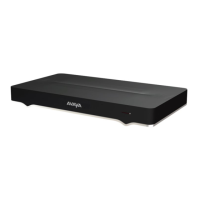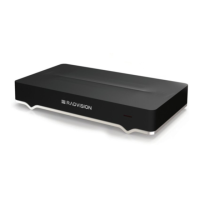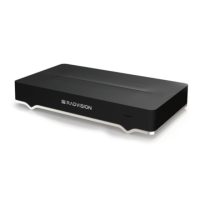audio signals into audio tracks, and then route each track to any audio output, like a monitor's
speakers. Merging all inputs and outputs into one sound stream, or track, creates echos and audio
feedback loops.
Figure 91: Echo or feedback loops to be avoided
Therefore the XT Series handles audio in two separate tracks. Each track can combine multiple
inputs into one sound stream, and routes it to one of the audio outputs available (
Figure 92:
Example of merging audio into two tracks on page 133). In the illustrated example, the room's
microphones are not routed to the monitor's speakers, to avoid echo. Instead, the sound of other
participants and the computer audio is routed to the monitor's speakers, while a video recorder
would normally need to record both sides of the conversation, both room microphones and the
sound of other participants. You may also want to record computer audio shared in the meeting.
Advanced Configuration of the XT Series
132 Avaya Scopia
®
XT Series Deployment Guide April 2015
Comments? infodev@avaya.com
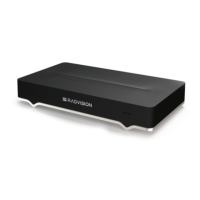
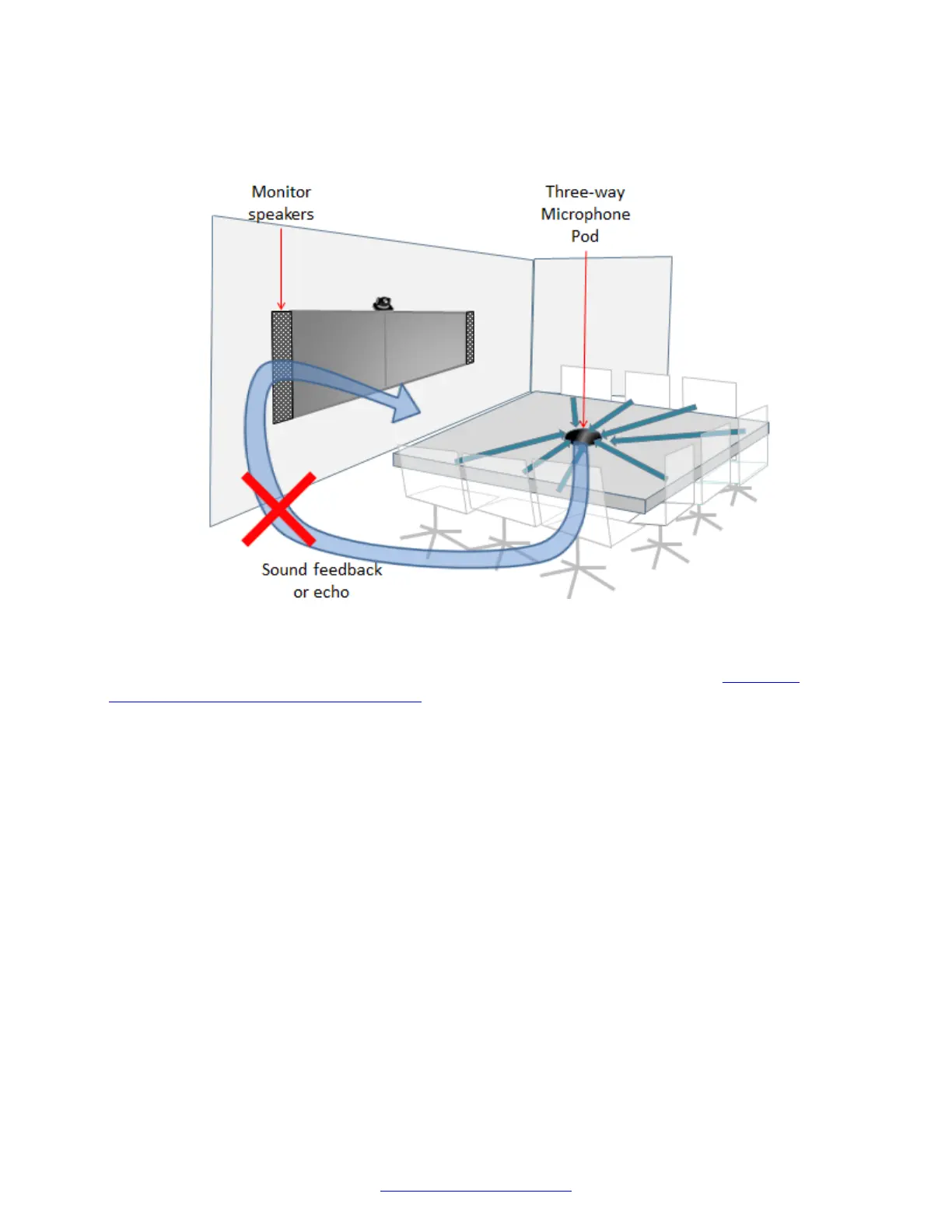